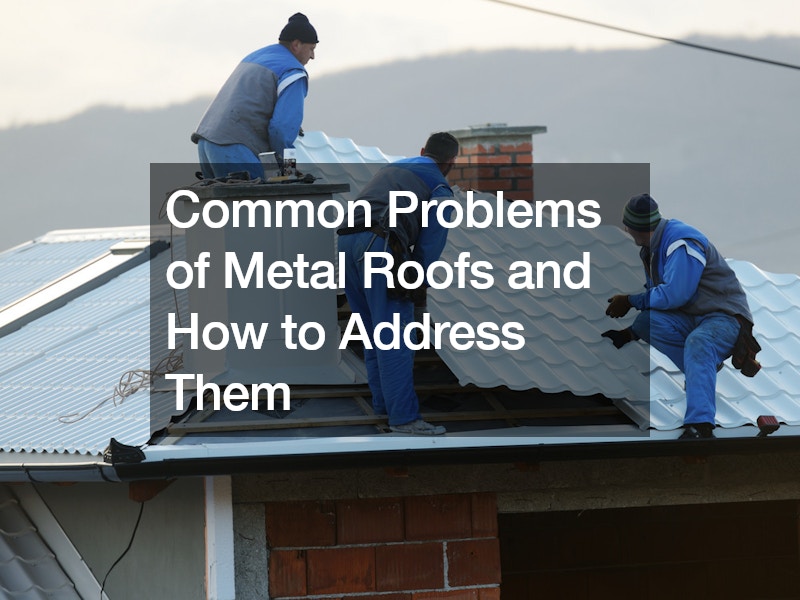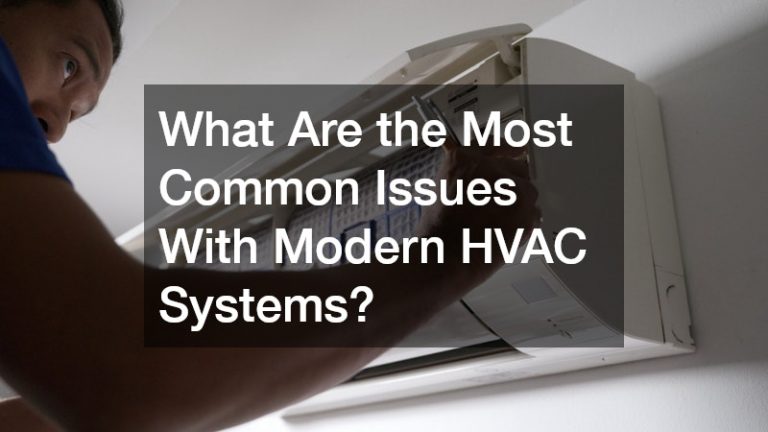

Metal roofs are renowned for their durability, longevity, and aesthetic appeal. However, like any roofing system, they are susceptible to various issues that can compromise their performance and structural integrity. Understanding these common problems and knowing how to address them is essential for maintaining the longevity and functionality of metal roofs. In this comprehensive guide, we’ll explore seven common problems of metal roofs and provide actionable solutions to mitigate them effectively.
Oil Canning
Oil canning is a common aesthetic problem associated with metal roofing. It manifests as visible waves or ripples in the roof’s surface, often caused by various factors such as material inconsistencies or installation techniques.
While oil canning doesn’t typically affect the roof’s performance, it can detract from its visual appeal.
To address oil canning, several strategies can be employed. One approach is to incorporate design features like striations or pencil ribs into the metal panels. These features help to break up the surface tension and minimize the appearance of waves. Additionally, using foam closure strip for metal roofing can provide support and stability, reducing the likelihood of oil canning.
Leaking
Leaking is a significant concern for metal roof owners and can result from various factors, including poor installation, weather damage, or material degradation over time. Common areas prone to leaks include flashing, fasteners, and seams.
To address leaking issues, it’s essential to conduct regular inspections and maintenance checks to identify any potential vulnerabilities. Proper installation techniques, such as ensuring flashing is correctly installed and fasteners are adequately sealed, can help prevent leaks. In cases where leaks are detected, prompt repairs using appropriate materials and techniques are crucial to prevent further damage to the roof and underlying structure.
Scratching and Scuffing
Scratching and scuffing are common problems encountered during the installation and maintenance of metal roofs. These issues can occur due to foot traffic, tool mishaps, or other accidental damage, resulting in aesthetic imperfections and potential corrosion.
To address scratching and scuffing, homeowners can utilize manufacturer-recommended paint pens to touch up damaged areas and prevent corrosion. Additionally, implementing measures to minimize foot traffic on the roof and exercising caution when using tools can help prevent further damage.
Corrosion
Corrosion is a serious concern for metal roof owners, as it can compromise the structural integrity and longevity of the roofing system. Corrosion can occur due to exposure to moisture, chemicals, or environmental contaminants, as well as improper installation or maintenance practices.
To address corrosion issues, it’s crucial to identify and eliminate the root causes of corrosion, such as addressing any sources of moisture ingress, using compatible materials and coatings, and implementing proactive maintenance measures. Regular inspections and upkeep can help identify corrosion early and prevent it from spreading, ultimately prolonging the lifespan of the metal roof.
Dissimilar Materials
Dissimilar metal corrosion occurs when two different metals come into contact with each other or are exposed to similar environmental conditions. This can lead to accelerated corrosion and deterioration of the metal roofing system.
To mitigate the risk of dissimilar metal corrosion, homeowners should avoid using incompatible materials in close proximity, such as copper or aluminum gutters with steel roofing panels. Using protective barriers or coatings between dissimilar metals can help prevent direct contact and minimize the risk of corrosion. Additionally, regular inspections can help identify any signs of corrosion early on, allowing for prompt remediation.
Chalking and Fading
Chalking and fading refer to the deterioration of paint finishes on metal roofs, resulting in a chalky residue or loss of color intensity over time. These issues can detract from the roof’s appearance and may indicate underlying problems with the paint or coating.
To address chalking and fading, homeowners should consult with their roofing manufacturer to determine the underlying cause of the issue. In some cases, repainting or recoating the roof may be necessary to restore its appearance and protect against further deterioration. Using high-quality paints and coatings specifically designed for metal roofing can help prolong the life of the roof and maintain its aesthetic appeal.
Installation Error
Installation errors are a common cause of problems with metal roofs and can lead to various issues such as leaks, inadequate structural support, or aesthetic imperfections. Improper installation techniques or shortcuts can compromise the performance and longevity of the roofing system.
To address installation errors, it’s essential to work with experienced and qualified roofing contractors who are knowledgeable about proper installation techniques and best practices for metal roofing. Following manufacturer guidelines and specifications, as well as conducting thorough quality checks during and after installation, can help ensure that the roof is installed correctly and performs as intended.
In conclusion, while metal roofs offer numerous benefits, they are not immune to common problems that can arise over time. By understanding these issues and implementing proactive maintenance and remediation strategies, homeowners and building owners can ensure the longevity, performance, and aesthetic appeal of their metal roofing systems for years to come. Whether it’s addressing oil canning with foam closure strips or preventing corrosion through proper installation techniques, taking proactive steps to mitigate common problems is essential for maximizing the lifespan and value of metal roofs.
.



